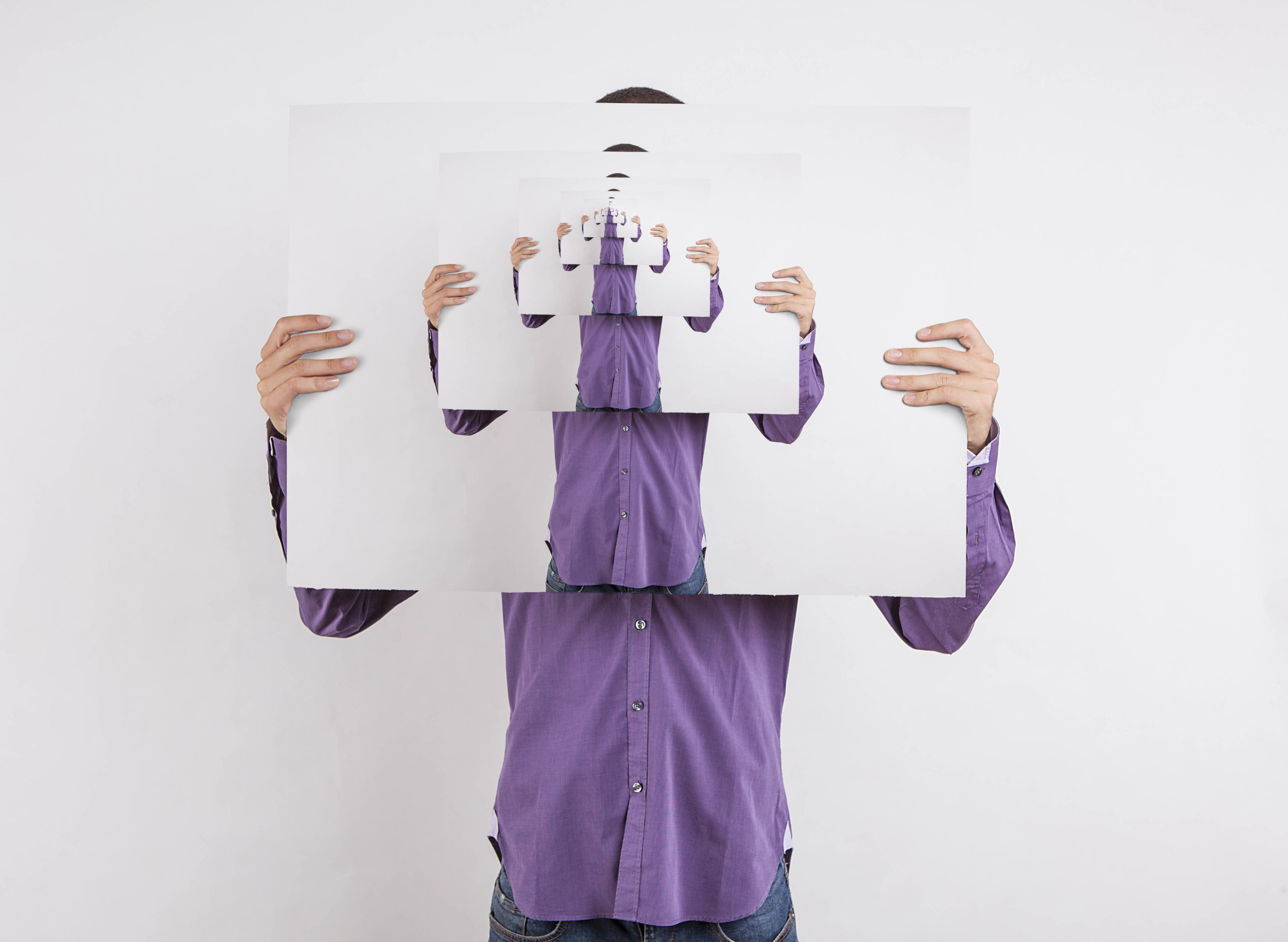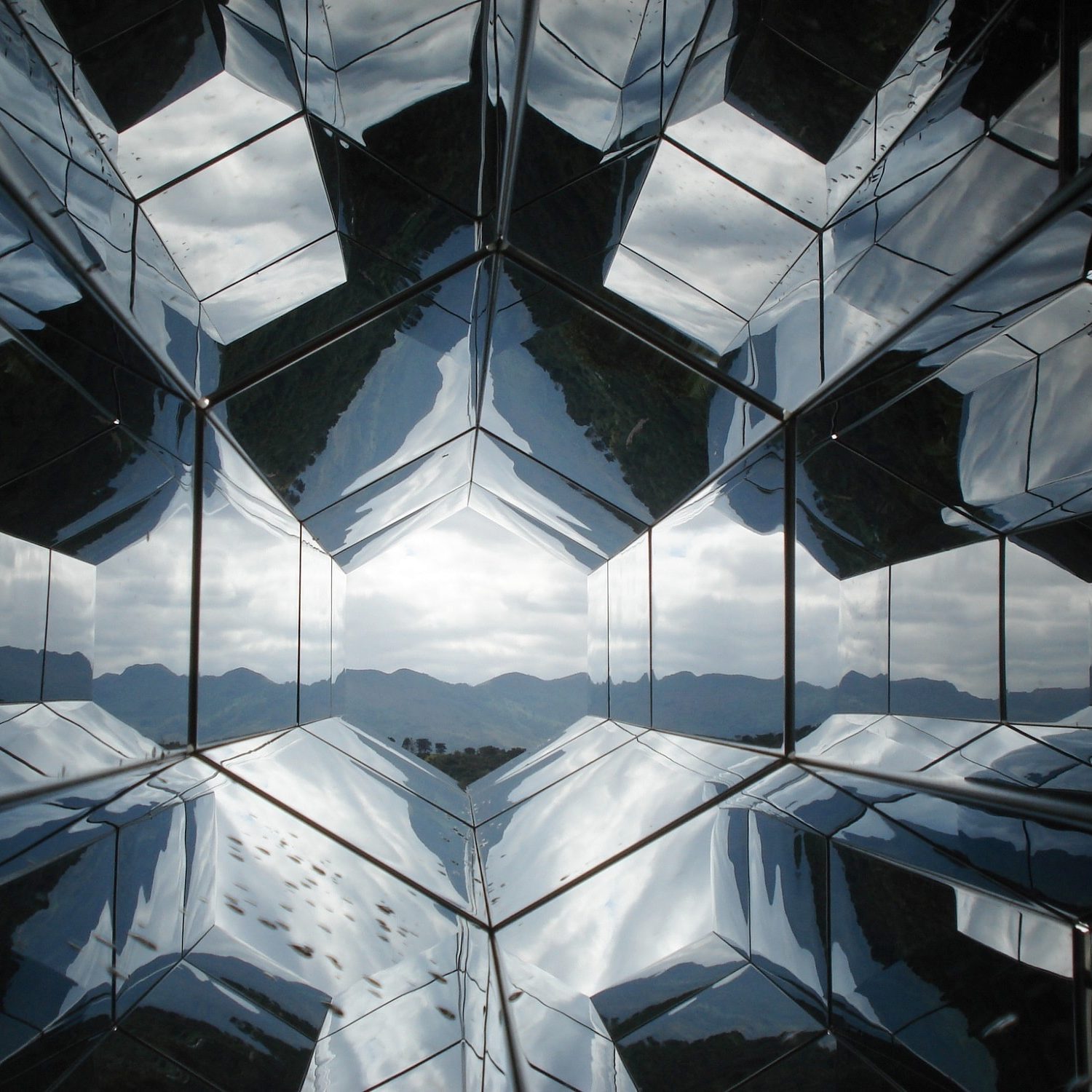
Mirrors and illusions have been around for centuries, reflecting both light and our image back to us. The materials and process behind creating a mirror have drastically changed since its inception. It was going from a tedious and expensive process to one that is easy to mass-produce worldwide. When it comes to entertainment with mirrors, more can be accomplished today thanks to the science and technology behind how glass is treated and utilized in the SFX community. You don’t have to be a professional mirror designer or glass manufacturer to create some of these mirror effects at home.
Later on, I’ll go over some examples of mirror illusions out there and how you can achieve your DIY version of these illusions. I’ll also have links and information to companies listing different products you can purchase when it comes to the glass and mirrors available online.
The Creation of a Mirror
You can find mirrors just about anywhere these days; in stores, restrooms, or hanging off the walls of your own home. Prior to how things are done today, ancient civilizations utilized different methods to manufacture their mirrors.
- Around 2000BC , some of the earliest known mirrors were made in China from bronze.
- Other areas, such as Mesopotamia, used polished volcanic glass to make their mirrors from obsidian.
- Overtime, other alloys such as copper, bronze, silver, gold, and lead started to be used instead. Though small in size, these pieces were heavy from the materials that made them.
- All of these different materials required constant re-polishing to maintain their reflective properties.


Creating Mirrors of Today
The Middle Ages brought on a new era of mirror making that proved challenging to master. There was a high risk during this time that mirrors would not turn out correctly.
- The major hurdle during this time was preventing mirrors from breaking when applying its lead backing. Oftentimes the glass would completely shatter when molten metal was poured onto the back of the piece.
- Another issue revolved around the sand used to create the glass, and how impurities within the sand would distort the final quality of the mirror’s clarity.
During the Renaissance, the Florentine’s introduced their method of using lower temperatures to apply the lead backings. Modern-day mirrors got their start here before coming to today’s process using silvering. This method used silver, nickel, or tin to apply the backings. A layer of copper added to keep the metal from oxidizing. Final touches came with a layer of paint sealing everything into place, ensuring that light would be reflected towards the viewer.
Commonly Known Mirrors
You may be familiar with the types of mirrors you have in your own home, but did you know there is an assortment of different mirror types with varying shapes, sizes, and glass treatment? Below is a comprehensive list of some of the types of mirrors you might be familiar with:
- Plane Mirror: The standard type of mirror available that is an entirely flat surface. The surface is treated with a metal alloy that allows the glass to reflect a clear image.
- Curved/Spherical Mirror: These mirrors can be convex, meaning one mirror will bulge outwards to display a distorted image that is smaller than what is there. They may also be concave, which bulges inward to magnify what is displayed.
- Non-Reversing Mirror: Also known as “true mirrors,” these mirrors reflect exactly what you see. They present your “true reflection.” They do not distort your image like a plane mirror would where the surface reflects your image from left to right (known to be laterally inverted).
- Beamsplitter/Stereoscopic Mirror: These optical devices are known for splitting light into two or more segments depending on the specific ratio makers choose. Most commonly viewed as a cube, there are a variety of different types of beamsplitters.
- Anti-Reflective Glass: Lesser known, but are wonderful out of the ordinary mirrors that museums use for display cases. These pieces of glass are treated with an anti-reflective coating on the surface of the glass. Normal glass will reflect a percentage of your image back at you when you stand close to its surface, but anti-reflective glass prevents a large percent of your reflection from being seen and gives a tinted reflection instead.
Current Mirror Illusions
Now onto more of our specialty mirrors that help in creating optical illusions. Below is a collection of the different mirror illusions you can find in the world of glass mirrors. Some of these are easy to replicate in the convenience of your own home. Perfect for any holiday or party you’re planning on hosting.
Infinity Mirror
An Infinity Mirror is an optical illusion that is easy to create at home. This effect gives an endless tunnel appearance. All you will need is a shadowbox, a pair of parallel mirrors that are half-silvered and facing one another. Adding LED lights helps further illuminate this illusion.
Acrylic Two Way Mirror
Also referred to as One Way Mirrors, these mirrors are semi-transparent. This means that light can be reflected, but one side gets a mirrored image while the other side is see-through with a slight gray tint. Commonly found in interrogation rooms, these mirrors allow officers to see suspects on one side, while the suspect only sees their reflection.
Pepper's Ghost
This illusion has been around since the 16th century when professor John Pepper used this technique on stage. Two rooms are needed to achieve this, where one room has an angled piece of glass placed 45 degrees to the projected image it is illuminating. The glass remains hidden in the first room, while the projected image appears unobstructed in the other room’s space.
Where Can You Get These Mirrors?
When it comes to what products are available for mirrors, look no further. We’ve got you covered on some of the makes and models of glass open to purchase, along with prices and where you can go to get some for yourself. A quick google search into two way mirrors, infinity mirrors, and glass mirror options in the area brings up a nice assortment of options to look into for your glass and mirror needs.
- First Surface Mirrors/Optical Mirror: These companies specialize in First Surface Mirrors and Beamsplitter Glass. With First Surface Mirrors, you can order both regular glass and acrylic glass options, as well as purchase chemically strengthened glass. The mirrors for sale are best used for scientific and engineering purposes.
- Hidden Television: Based in Toledo, Ohio, this company is the leader in mirror based televisions. Other products available through this developer includes vanity bathroom mirrors, as well as sample Dielectric Mirrors and Vanity Vision Mirrors.
- Stereoscopic Mirror: A secondary website for creating Beamsplitter mirror products, this manufacturer specializes in optical tint-free un-distorted images.
- Teleprompter Mirrors: Chief in providing easy to use and set up teleprompters, this business offers training and software recommendations to pair with your teleprompter needs.
- Two Way Mirrors: Also known as one way mirrors, this company offers a wide variety of products including Acrylic Mirrors, Mirror Film, and Dome Security Camera Covers.
All of the websites listed above provide sample options you can purchase before placing a larger order. Prices are built into the website. You can type in your specific specifications for a piece and calculate the total for your order ahead of time.